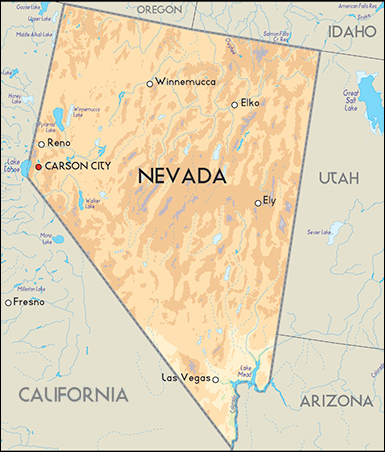By Jim Ellis
Nov. 19, 2020 — In yesterday’s Update, we ended with the paragraph, “Considering the states that are losing and gaining seats, party control, and changing political trends, the Republicans are still likely to lose a small net number of seats in the transfer process despite holding the most redistricting power.”This statement generated some questions about why the Republicans could lose seats in the apportionment transfer when they hold the balance of power in more states. Today, we delve deeper.
At this point, and remembering these are only estimates that could change when the actual apportionment formula produces the official number of seats that each state will possess, it appears ten seats will move from one state to others. Therefore, it is projected that Texas (3), Florida (2), Arizona, Colorado, Montana, North Carolina, and Oregon will gain districts, while Alabama, California, Illinois, Michigan, Minnesota, New York, Ohio, Pennsylvania, Rhode Island, and West Virginia will lose a seat apiece. We will now explore each individually:
States That Lose
• Alabama – Even though Republicans have full control and a 6R-1D delegation, the Republicans will take the loss here. The Democratic district is a Voting Rights seat, so the loss will come from the GOP column even though they hold the redistricting pen.
• California – The lopsided California delegation, even with Republicans gaining one to three seats here when the votes are all finally counted, will likely yield the Democrats losing the district. California is a commission state that operates under strict guidelines. Therefore, the mathematics suggest, in what will potentially end as a 43D-10R delegation that the transfer seat loss will come from the Democratic column.
• Illinois – Though the state delegation features only five Republicans from a group of 18 members, the Democrats control the redistricting process here and 10 years ago produced the most lopsided of partisan gerrymanders. Expect them to figure a way for the Republicans to take the one seat loss.
• Michigan – The voters adopted a new redistricting commission, but the composition parameters look to favor the Democrats. Therefore, expect the 7D-7R delegation to recede by one Republican seat.
• Minnesota – This state features the only state legislature where each party controls one legislative chamber. Though this gives the Republicans a seat at the redistricting table, the population loss in the northern part of the state, where they have two seats, will likely result in the 4D-4R delegation lessening by one Republican seat.






 May 8, 2020 — The Silver State of Nevada, with six Electoral College votes, has been regarded as a swing state in most 21st Century presidential elections, but in projecting the 2020 vote, it is routinely considered as a place destined to land in the Democratic column. But, could Nevada ultimately be in play for President Trump?
May 8, 2020 — The Silver State of Nevada, with six Electoral College votes, has been regarded as a swing state in most 21st Century presidential elections, but in projecting the 2020 vote, it is routinely considered as a place destined to land in the Democratic column. But, could Nevada ultimately be in play for President Trump?